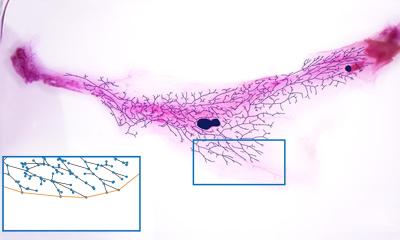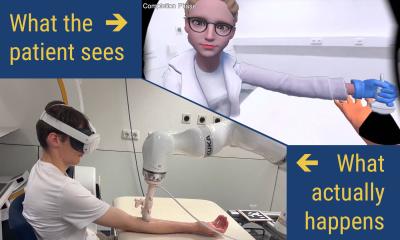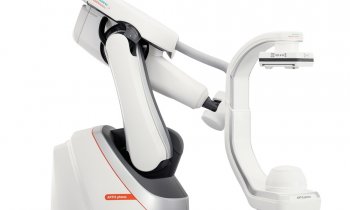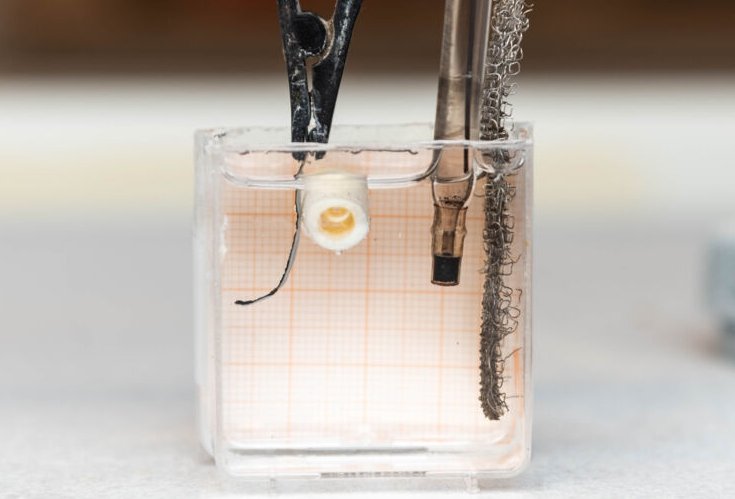
Source: Olov Planthaber
News • Bone healing
"Microrobots”: material morphs into bone
Inspired by the growth of bones in the skeleton, researchers have developed a combination of materials that can morph into various shapes before hardening. The material is initially soft, but later hardens through a bone development process that uses the same materials found in the skeleton.
When we are born, we have gaps in our skulls that are covered by pieces of soft connective tissue called fontanelles. It is thanks to fontanelles that our skulls can be deformed during birth and pass successfully through the birth canal. Post-birth, the fontanelle tissue gradually changes to hard bone. Now, researchers have combined materials which together resemble this natural process.
“We want to use this for applications where materials need to have different properties at different points in time. Firstly, the material is soft and flexible, and it is then locked into place when it hardens. This material could be used in, for example, complicated bone fractures. It could also be used in microrobots – these soft microrobots could be injected into the body through a thin syringe, and then they would unfold and develop their own rigid bones”, says Edwin Jager, associate professor at the Department of Physics, Chemistry and Biology (IFM) at Linköping University.
The idea was hatched during a research visit in Japan when materials scientist Edwin Jager met Hiroshi Kamioka and Emilio Hara, who conduct research into bones. The Japanese researchers had discovered a kind of biomolecule that could stimulate bone growth under a short period of time. Would it be possible to combine this biomolecule with Jager’s materials research, to develop new materials with variable stiffness?
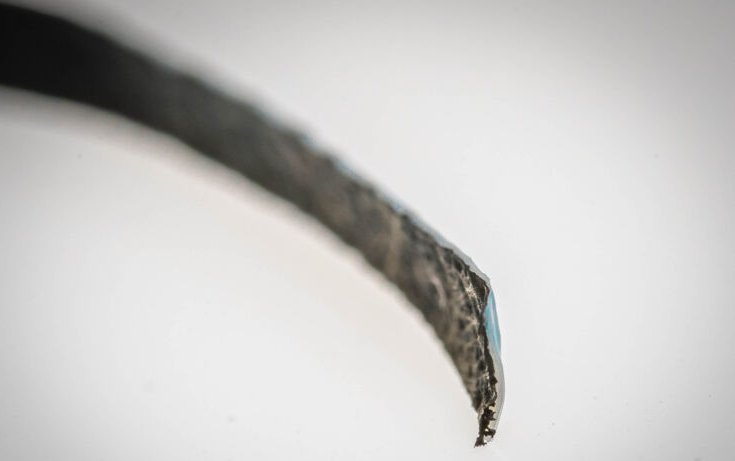
Source: Olov Planthaber
In the study that followed, published in Advanced Materials, the researchers constructed a kind of simple “microrobot”, one which can assume different shapes and change stiffness. The researchers began with a gel material called alginate. On one side of the gel, a polymer material is grown. This material is electroactive, and it changes its volume when a low voltage is applied, causing the microrobot to bend in a specified direction. On the other side of the gel, the researchers attached biomolecules that allow the soft gel material to harden. These biomolecules are extracted from the cell membrane of a kind of cell that is important for bone development. When the material is immersed in a cell culture medium – an environment that resembles the body and contains calcium and phosphor – the biomolecules make the gel mineralise and harden like bone.
One potential application of interest to the researchers is bone healing. The idea is that the soft material, powered by the electroactive polymer, will be able to manoeuvre itself into spaces in complicated bone fractures and expand. When the material has then hardened, it can form the foundation for the construction of new bone. In their study, the researchers demonstrate that the material can wrap itself around chicken bones, and the artificial bone that subsequently develops grows together with the chicken bone.
By making patterns in the gel, the researchers can determine how the simple microrobot will bend when voltage is applied. Perpendicular lines on the surface of the material make the robot bend in a semicircle, while diagonal lines make it bend like a corkscrew.
“By controlling how the material turns, we can make the microrobot move in different ways, and also affect how the material unfurls in broken bones. We can embed these movements into the material’s structure, making complex programmes for steering these robots unnecessary”, says Edwin Jager.
In order to learn more about the biocompatibility of this combination of materials, the researchers are now looking further into how its properties work together with living cells.
Source: Linköping University
19.01.2022




